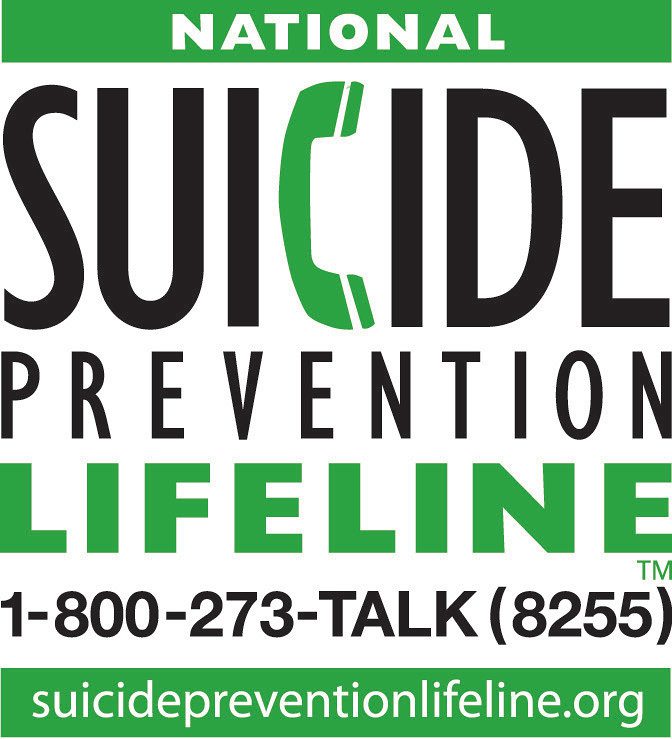Arguments against euthanasia often make the case that allowing physician suicide for terminally ill patients will eventually lead to allowing it for other medical conditions, then for psychological problems, then for general unhappiness. And that allowing it for those at the end of their lives will eventually lead to euthanizing people of all ages and all conditions.
Well, Canada is pretty much already there. Some Canadians are asking to be euthanized because of their poverty.
And did you know that Germany, back in 2020, declared suicide to be a fundamental right, legalizing euthanasia and physician-assisted suicide for any reason–not just in cases of medical suffering–and going on to say that when a person of any age or for any reason decides to kill himself or herself, assistance in doing so is required by law?
I don’t know how I missed that. The slippery slope argument is evidently not always a fallacy.
I was alerted to that ruling from Germany’s highest court in an interesting article about a study that found that in jurisdictions that legalize euthanasia and assisted suicide, the number of non-assisted suicides rises “significantly.” Of course it does. Once suicide becomes an accepted norm, there is no longer a taboo against it. When the culture teaches that there is nothing wrong with killing yourself, more and more troubled souls, especially young people–whose problems may seem enormous but could be resolved if they had help–will take their own lives.
The German court justified its ruling in terms of “the right of personality” and the protection of “autonomy.” But its reasoning is chilling. Wesley J. Smith quotes from the official English translation of the ruling in his First Things article, Death on Demand Comes to Germany (his emphasis):
The right to a self-determined death is not limited to situations defined by external causes like serious or incurable illnesses, nor does it only apply in certain stages of life or illness. Rather, this right is guaranteed in all stages of a person’s existence. . . . The individual’s decision to end their own life, based on how they personally define quality of life and a meaningful existence, eludes any evaluation on the basis of general values, religious dogmas, societal norms for dealing with life and death, or consideration of objective rationality. It is thus not incumbent upon the individual to further explain or justify their decision; rather their decision must, in principle, be respected by state and society as an act of self-determination.
Not only that, according to the ruling, the right to suicide implies a right to have someone assist you to die:
The right to take one’s own life also encompasses the freedom to seek and, if offered, utilize assistance provided by third parties for this purpose. . . . Therefore, the constitutional guarantee of the right to suicide corresponds to equally far-reaching constitutional protection extended to the acts carried out by persons rendering suicide assistance.
Even drug laws must be revised so as to make poisons more generally available for this purpose:
Sufficient space must remain in practice for the individual to exercise the right to depart this life and, based on their free will and with the support of third parties, to carry out this decision on their own terms. This not only requires legislative coherence in the design of the legal framework applicable to the medical profession and pharmacists but potentially also requires adjustments of the law on controlled substances.
So far the physician-assisted-suicide arguments hinge on “choice” and “consent,” in line with postmodernist ideology that settles moral issues in terms of the “will” rather than by the intellect contemplating moral absolutes. But is being killed by a physician really suicide? And what about someone who is clearly suffering but is unable to give “consent,” such as someone in a coma? Or a child?
Now that we have already slid down the slippery slope this far, the remaining declivity will be involuntary euthanasia. Germany already has experience with that, as in the “Life Unworthy of Life” programs of the 1940s that would lead to the extermination camps.
Illustration by U.S. Department of Health and Human Services – Substance Abuse and Mental Health Services Administration – Taken from http://www.suicidepreventionlifeline.org/App_Files/Media/PDF/NSPL_Consumer_Brochure_1-30-06.pdf], Public Domain, https://commons.wikimedia.org/w/index.php?curid=19458993












